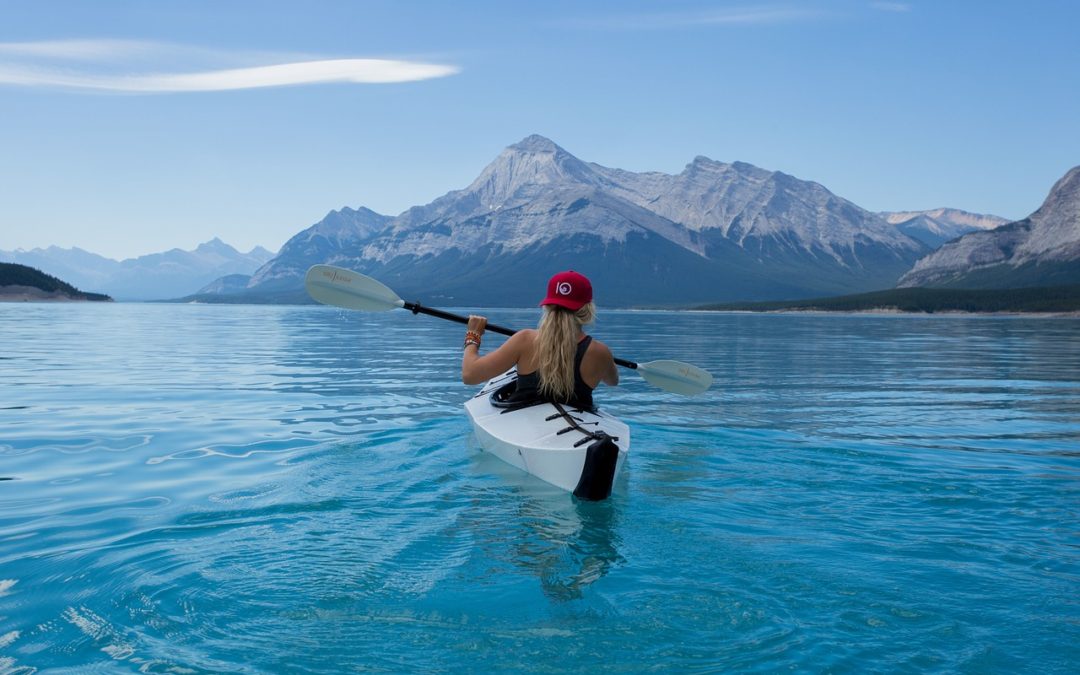Adventure therapy is a great, alternative therapy for young adults who have not yet found success in other forms of therapy. It combines challenges with typical camping activities to build grit, confidence, and emotional skills.
1. What is adventure therapy?
Adventure therapy is different but not similar to wilderness therapy. It is a mental health treatment technique mostly for adolescents. Adventure therapy challenges the individual through a variety of experiences, like rock climbing, in order to help them see themselves and their lives differently.
2. What does it look like?
Adventure therapy is structured and guided by a mental health professional. A group of adolescents ventures into the wilderness for 1-3 weeks. The types of challenges or adventures that the group takes on depending on the needs of the individuals in the group.
Types of activities might include:
- Rock climbing
- Canoeing
- Snow camping
- Skiing
- Swimming
- Paddleboarding
- Rafting
- Kayaking
- Hiking
Like wilderness therapy, each person in the group will cook their own meals and help keep up the campsite.
3. Who is this right for?
This program is usually centered around adolescents. It is an approach taken when other less intensive approaches have not worked. You do not need to have previous experience with things like rock climbing for it to be effective. Actually, it is better for the individual to learn, fail, and try again.
Adventure therapy has been successful in treating those with:
- Anxiety
- Depression
- Trauma
- PTSD
- Substance abuse
- Eating disorders
- Grief
- Loss
- Schizophrenia
4. What are the benefits?
Going out into the wilderness with a group of people allows each individual to engage with their group and the adventures in ways they have never done before. This radical change in environment and challenges allows for incredible introspection, relationship development, and all-around self-improvement. Because of this, the following benefits are often gained:
- Individualized treatment
- Decreased stress
- Increased independence
- Increase confidence
- Greater awareness of others
- Leadership skills
- Communication skills
- Healthy coping strategies
- Increased resiliency
- Increased sense of responsibility
- Stress management skills
5. What happens after adventure therapy?
Programs offer an aftercare system as well to ensure the individual maintains the progress that they have made during the therapy excursion. This can look like one-on-one sessions or group sessions.
We are all in this together. Learn how we can help.

